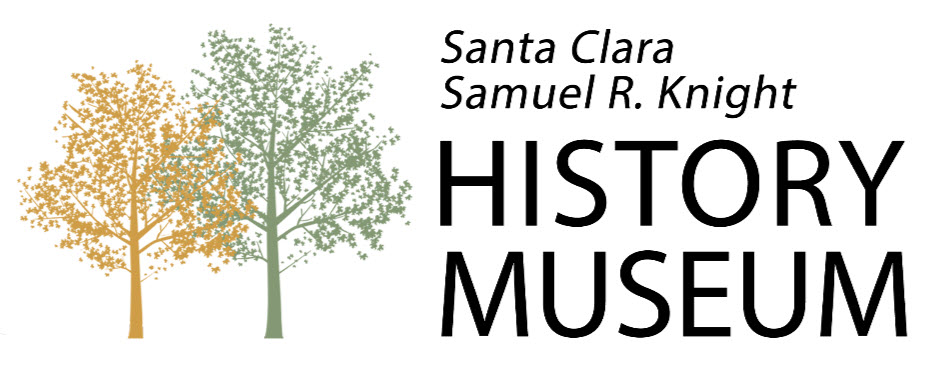These men were called to settle along the Santa Clara River and to preach the gospel to the Indians. They arrived on June 11, 1854 and camped in a grove of cottonwood trees, about one mile upstream from the convergence with the Virgin River.
The missionaries found the Indians had built a substantial dam about five miles up the river. They worked with the Indians during the summer of 1854. They built a cabin for the missionaries and one for Chief Tutsegavits. The missionary’s cabin was eventually expanded to become Fort Clara. This was the beginning of the missionary work with the Shivwitt Band of the Pauite Indians in Santa Clara.
The missionaries built a diversion dam on Santa Clara Creek to get water for their crops.
In the fall of 1855, Jacob Hamblin brought his family, some of his brothers, and their families down from Tooele. These were the first women and children to join the missionaries there and comprised ten families.
During the winter of 1855-1856, a stone fort was built at Santa Clara. About 30-40 acres of land was cultivated and good crops were grown. It was noted that cotton grew well in this climate.
During the summer of 1856, additional families were brought to Santa Clara. These included Weir Leavitt, Lemuel Leavitt, three more brothers of Jacob Hamblin (Franklin, Alsen, and Frederick), Zadoc K. Judd, and Andrew S. Gibbons. The colony was then big enough that some of the families lived outside the fort.
Jacob Hamblin was appointed President of the Southern Indian Mission in 1857. He chose Samuel Knight and Dudley Leavitt as counselors and they served from 1857 to 1859.
In 1858, emigrants from San Bernardino stayed temporarily with the residents of Santa Clara and some took up permanent residence. With the arrival of the Swiss Company in November 1861, the Indian Missionaries were called to other parts of the Territory and the Southern Indian Mission passed out of existence. Jacob Hamblin stayed until 1869 before moving on to Kanab.
The life histories shown here are not comprehensive, and no information could be found on several of the men. For more information on these and other settlers, go to FamilySearch.org where more complete information is available.

